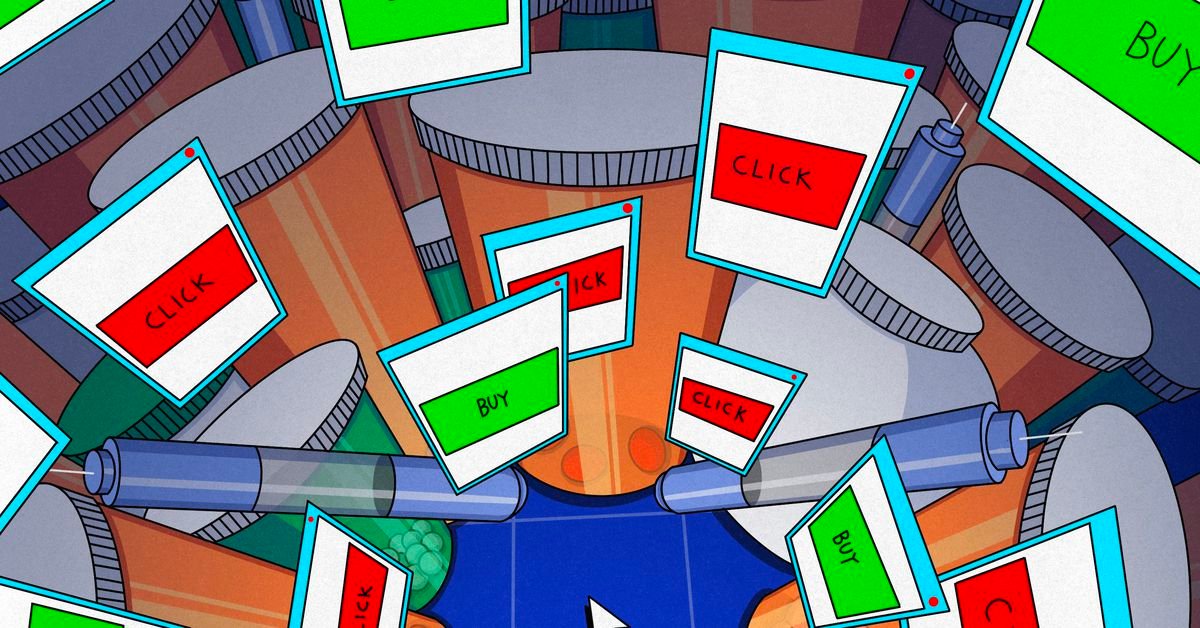[ad_1]
The copycat versions are made by compounding pharmacies. The formulations aren’t the same as the FDA-approved versions of the drug and haven’t been directly evaluated by the FDA, either. But they’re cheaper than the real thing: $199 a month, compared to the branded version, which can cost more than $1,000 a month without insurance.
Compounding pharmacies can make knockoff versions of branded drugs when they are in shortage, as the GLP-1 drugs — prescribed for diabetes and weight loss — currently are. The FDA has already received reports of adverse events for compounded versions of semaglutide.
Hims & Hers says it “conducted extensive research for over a year” into finding a supplier but does not name the one it chose to partner with. “Over the last year, we have grown in our conviction — based on our medical experts’ evaluation and the strength of our infrastructure — that if done properly, compounded GLP-1s are safe and effective,” the company said in its statement.
Hims & Hers introduced its weight loss program in December 2023, according to an investor presentation. Its weight loss program costs $79 a month and is expected to “deliver $100m+” in 2025. Hims & Hers makes most of its money through subscriptions; more than 90 percent of its revenue is “recurring.” Expanding its number of subscribers is how it plans to grow. GLP-1 weight loss drugs must be taken continuously in order to sustain weight loss; one study has shown that people regain two-thirds of the pounds they lost once they quit semaglutide.
In the first quarter of 2024, the company added “a record 172k net new subscribers,” it said in its shareholder letter. The company has splashed out on TV advertising during NBA and NFL games as well as Keeping Up With the Kardashians and The Bachelorette.
[ad_2]
Source link





